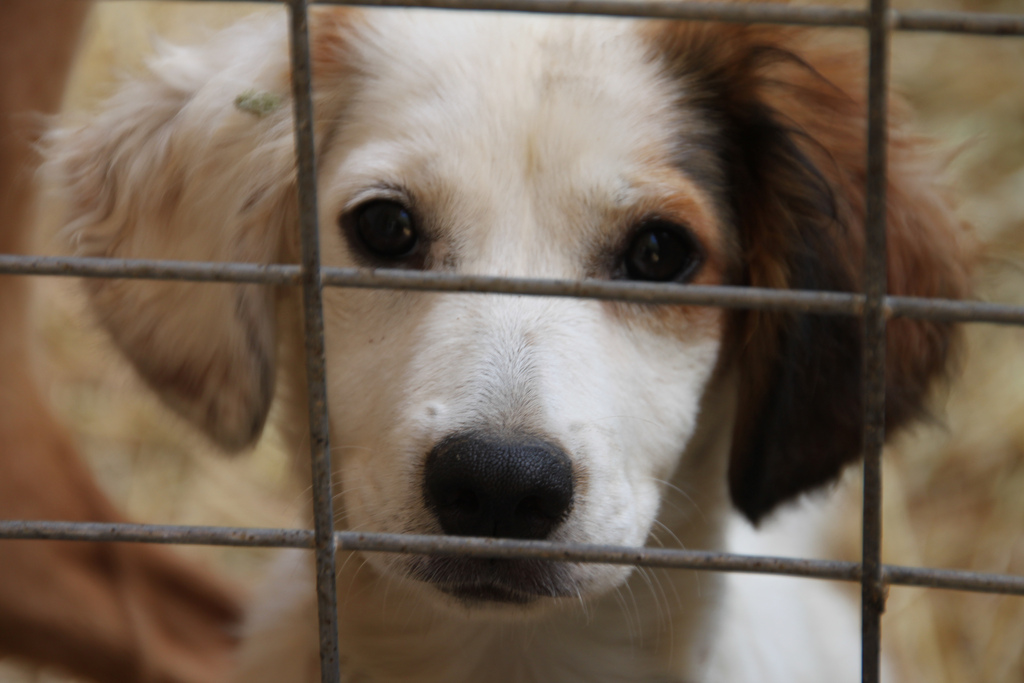 When and why did the International Companion Animal Management Coalition (ICAM) form?
When and why did the International Companion Animal Management Coalition (ICAM) form?
ICAM was founded in 2007 when the heads of the dog and cat welfare divisions of several international NGOs realized that they shared many questions about what constituted effective companion animal (dog and cat) population management projects. Organizationally, many groups promote their approaches as the most effective, but privately, many share concerns with one another that they don’t understand the whole picture. We recognized that each of us held experiences and knowledge that would benefit the others. We came together to share our untested assumptions and field-based knowledge, and to make recommendations we could promote based on shared understanding of best practice.
What have been the biggest challenges to forming an international coalition, and how has ICAM overcome these challenges?
One of the biggest challenges is that, as a coalition, we have big dreams, but we all have full-time job commitments to our respective organizations. It can take ages to do the time-consuming work of putting together MOUs and financial agreements for shared undertakings. So far, we have learned from our early attempts to work together, and now assign one individual – our “secretariat” – to undertake the detailed work and to ensure they are chasing all our busy members for their sign-off and input. The Secretariat is a rotating position, so we all have a chance to do the hard work!
Our managing team is also somewhat limited by geography, because a lot of the value of the coalition has come from the ability to sit together somewhere and discuss the gritty issues. We all travel a lot, so meeting in London has been a good compromise, but has so far limited our ability to really engage groups in Asia and Australia, for instance.
How does ICAM work to foster collaboration among its members?
We make sure to have face-to-face meetings at least every 6 months, and preferably more often. Between times, engagement wanes and it can be difficult to get things done, but when we schedule meetings with a social lunch built in, we can get a lot done, and at the same time build the trust and friendliness we need to work more effectively as colleagues with different perspectives and organizational goals.
What are the most pressing issues in companion animal management currently and what is ICAM’s role in addressing them?
There are a number of pressing issues, but the greatest threat is that culling and removal, including inhumane mass sheltering, are still seen as the most readily available solutions for many governments dealing with roaming dog and cat problems. ICAM recognizes that the most effective dog and cat management projects use a number of different strategies, and that these require time and dedication to implement effectively.
As a coalition, we are focused on promoting this “comprehensive approach” to dog and cat population management, which means that usually multiple strategies, including education, legal support, veterinary care including vaccination and sterilization, and rehoming amongst other strategies are likely to play a role in an effective dog or cat management program.
Rabies also continues to be a major threat to people and dogs around the world, and culling unfortunately continues to be one of the go-to responses chosen by some governments, whereas vaccination and humane dog population management are the only approaches proven successful in helping to eliminate or manage rabies.
ICAM as a coalition sees it as our role to promote the best practices available, and to create tools to enable others to access these practices as easily as possible. Through our guidance documents, online guidance tools and conferences we aim to be a portal for learning and sharing within the community of practitioners of humane dog and cat population management.
What victories for companion animals would not have been possible without collaboration between ICAM and its member groups?
ICAM does not engage in joint community initiatives, but all of our member groups have experienced growing success in recent years, which can be attributed to the increased sharing and learning we have all done as professionals in this growing field in the past many years.
The development of our guidance documents, and in particular the recent launch of our guidance on effective monitoring of dog welfare projects, were all the result of hard work by many, many individuals in our coalition and extended networks, and we have heard of many communities around the world adopting more humane approaches to dog management as a result of reading our guidance.
Can you elaborate on how the Indicators Project can help guide and improve dog population management?
As a field, we cannot learn about what works if we can’t agree on what constitutes success. ICAM aims to promote data-driven, scientific approaches to dog and cat population management, but in many cases, the data just don’t exist. This means that much of what we “know” is based on intuition, anecdotes and which group markets most effectively.
This lack of data, in addition to inhibiting our own learning, leaves the field appearing unprofessional. When we want to promote humane policies to governments and decision-makers, or when we need to show that dog and cat welfare are also health and safety issues worthy of public funding, we need to have data marking our work as scientific, proven and effective.
What fundraising channels does ICAM utilize to support its work?
ICAM does not fundraise; this is one of our central tenets. We are a collaborative project supported by the initiative of our members, all of whom fundraise independently. We do solicit sponsors for specific activities, such as our conference, but these are limited exceptions.
How does ICAM organize its personnel structure?
ICAM has a Management Board which consists of 1-3 representative from our four funding groups as well as key specialists. We elect a rotating Chair and Secretariat, and hire consultants to carry out specific projects determined by the managing board, such as the Indicators Project and organizing the International Dog Population Management conference. Consultant relationships are usually managed by the Chair/Secretariat, with reporting to the rest of the Board.
If you could offer just one piece of advice on successful collaborative working for animal protection, what would it be?
Establish clear common objectives, but be flexible to reviewing and changing them as the need arises. Meet regularly, in person, and keep communication flowing – designate someone to do this! That was two pieces of advice, but I think they’re both really important!
Photo credit: "Santorini Strays" by Klearchos Kapoutsis, used under CC BY 2.0

